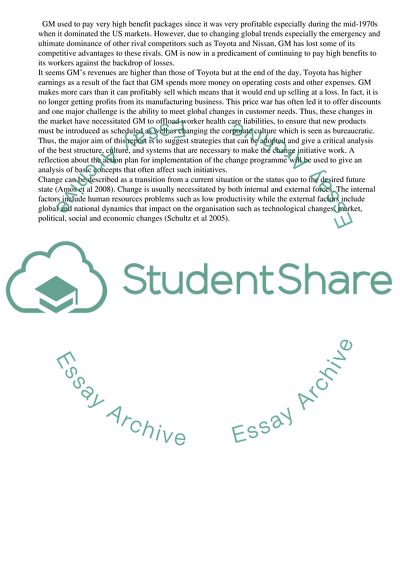Cite this document
(“Managing Organisational Change and Development Term Paper”, n.d.)
Managing Organisational Change and Development Term Paper. Retrieved from https://studentshare.org/management/1741958-b2-managing-organisational-change-and-development
Managing Organisational Change and Development Term Paper. Retrieved from https://studentshare.org/management/1741958-b2-managing-organisational-change-and-development
(Managing Organisational Change and Development Term Paper)
Managing Organisational Change and Development Term Paper. https://studentshare.org/management/1741958-b2-managing-organisational-change-and-development.
Managing Organisational Change and Development Term Paper. https://studentshare.org/management/1741958-b2-managing-organisational-change-and-development.
“Managing Organisational Change and Development Term Paper”, n.d. https://studentshare.org/management/1741958-b2-managing-organisational-change-and-development.


